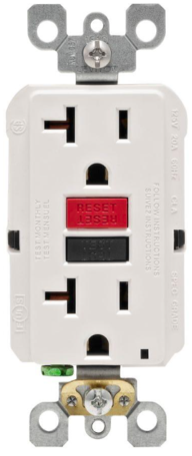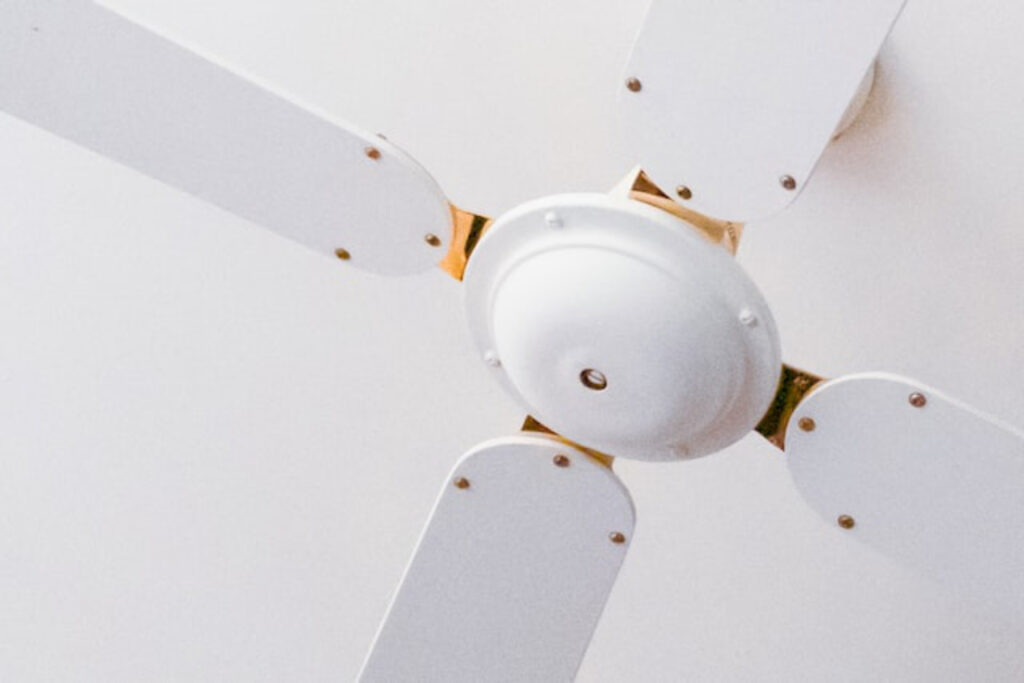
Becoming a homeowner brings a sense of accomplishment and pride. It’s one of life’s “graduations.” Along with this pride must come responsibility, and there are a number of things every homeowner should know. Here are eight of them.
Return of the Flapper

Photo by Carrie Borden on Unsplash
During the 20th Century, they called this decade the Roaring 20s. Women known as Flappers were very popular. Today, a different kind of flapper is still popular, but this one resides in your toilet tank.
Let’s say you go into the bathroom and you hear the toilet tank running. Don’t rush to call a plumber. Chances are good that your problem is a corroded flapper. Carefully open the top of the tank (it’s ceramic, so don’t bump it into anything), and look for a red, rubber thingy at the bottom of the tank. Does it look all slimy with dark spots all over it? Replace it!
If it looks okay, it could still be the culprit. To be sure, try this simple test. Put a few drops of red food coloring into the tank and don’t flush for at least an hour. If you see red water in the toilet bowl, it’s time to replace the flapper.
Buy a new flapper at a hardware store. Be sure it’s the same size as the one you’ll be replacing. Before you begin, locate the water shut-off behind your toilet, and turn the valve all the way to the right. If the water is turned off properly the tank won’t fill up again after you flush the toilet. With the tank empty, detach the old flapper’s chain from the flush arm and unhook the flapper from the stem. Attach the new flapper to the stem and attach the new chain (being sure to leave some slack). Turn the water back on and flush the toilet. When the flush is complete and the tank is refilled, there should be no more water draining out of the tank. Congratulations! You just saved yourself a plumbing bill.
Click here to see a video about replacing the flapper.
Pumping Rubber
Never pour latex paint down your sink. It hardens up into a rubbery substance. Don’t even clean your paint brushes in the sink; use a hose in the yard outside. If your home is hooked to a septic tank, the problem is even worse. Latex paint can clog up the openings to and from your tank, preventing waste from passing through. When waste gets backed up, where does it go? You guessed it! Right into your house. If you’re lucky, you’ll just get water bubbling up, but if you’re not so lucky… Well, you get the idea.
Whose Fault Is It, Anyway?

Not many folks know they should test their ground fault circuit interrupter (GFCI) outlets at least quarterly, and preferably once a month.
GFCIs are outlets with the “test” and “reset” buttons. They’re mostly found in wet areas, such as kitchens, bathrooms, laundry rooms, and exterior outlets.
If you have outlets in wet areas without GFCI protection, it’s time to get them replaced. We can’t emphasize this enough.Having a GFCI outlet do its job can literally be the difference between life and death.
Testing them is a breeze! Plug a small desk lamp into the outlet, and turn the lamp on. Next, press the “test button.” If the GFCI outlet is in working order, you’ll hear a click, and the lamp will shut off. Then press the “reset” button. The light should turn on again. If it doesn’t, your GFCI is malfunctioning and needs to be replaced.
If you are handy with light electrical chores, replace the outlet. Be sure to cut off the power at the circuit breaker before you begin. If you are not comfortable with this kind of repair, call an electrician.
Caught In A Trap
Your kitchen sink is draining more slowly than molasses running uphill. Is it time to call a plumber? That depends on you. If you’re willing to move past your comfort zone and learn about p-traps, you can save yet another costly plumbing bill.
What is a p-trap? It’s that u-shaped part of the pipes under your sink where stuff like wedding rings can get stuck and where gooky, greasy buildup can prevent water from flowing any further through the pipes.
First, get yourself a Zip-It Drain Snake. It’s an inexpensive plastic tool that you thread down the drain, wiggle around, and then pull out to remove glop and gunk. Don’t forget to put on disposable rubber gloves before you begin. In the bathroom sink you might encounter a hair clog monster half the size of your arm. The Zip-It is an easy way to clear some or all of it and get things flowing again. But if you can’t clear the clog, it’s fairly easy to remove the p-trap, flush it out with a long, flexible brush, retrieve that ring you dropped in there, or replace corroded plastic washers while you’re at it.
Here’s a video about removing and cleaning a p-trap.
Don’t Get Hosed In Cold Weather
Out here in Western North Carolina, the natives will tell you that when you hear the katydids sing during the day, you’re six weeks away from the first frost. Well, they’ve started singing like chirpy little Carusos! Fall is nearly upon us, and winter will be here sooner than some of us would like.
If you’ve been in this area for some time, you know that letting your faucets drip can prevent burst pipes during very cold weather. But did anyone tell you that you should disconnect your garden hoses as warm weather comes to an end? Remove all outdoor hoses from spigots when temps are predicted to be at or below freezing. Even “frost-free” hoses can overexpand if it gets cold enough, so be safe and remove them. Burst pipes are costly to fix.
Your Fan Club

Photo by Maxwell Ingham on Unsplash
Did you know your ceiling fans should not run in the same direction all year? It’s true. During summer your fans should run counter-clockwise to circulate air through the room. In other words, they’re blowing downward. Reverse the direction in the winter so they’re blowing clockwise (upward) to blow the warm air from the ceiling down towards the floor to aid in heating your home. This procedure is as easy as flipping a switch at the base of your fan. Take note of which direction your fan is turning. Then turn it off, wait until it stops moving, and flip the switch in the opposite direction. That’s all there is to it.
Just Breathe
The air filters in your HVAC system are easy to forget until they clog completely or make weird whistling sounds.
Don’t ignore filters. Your power bill will go up, and if you damage your HVAC system that can get very expensive.
The common belief is to change them every 60-90 days, but if you have a few pets in the house, or if you suffer from allergies, you should think about changing them monthly. Put it on your calendar so you don’t forget.
Always purchase the pleated filters. They don’t cost much more than the flat ones, but they do a better job. Look for an arrow on the filters. This should be the direction of the air flow. Always face the arrow toward the unit – towards the ceiling or wall in which you install them.
Water Water Everywhere…
Is your water heater starting to leak? Sometimes that comes from the drain valve or the pressure release valve. These are easy to replace. However, if the leak is coming from the tank, that’s a red alert! Water heater tanks are lined with a thin glass coating. If or when that glass begins to crack, the water heater becomes a ticking time bomb! The steel starts to rust and a leak appears. Soon the leak will become a flood. It’s not a question of if, but of when. It could take months, or it could take days. If you don’t want 50 or more gallons of water gushing into your house, replace your water heater as soon as the leak appears.
Take pride in home ownership. You’ve earned it. Just be sure to own up to your responsibilities, and you can enjoy your home for many years to come.
Buying or selling a home?
Avoid unpleasant surprises! Contact Asheville Home Inspector Peter Young before signing any contracts. Call (828) 808-4980, or click here to make an appointment.